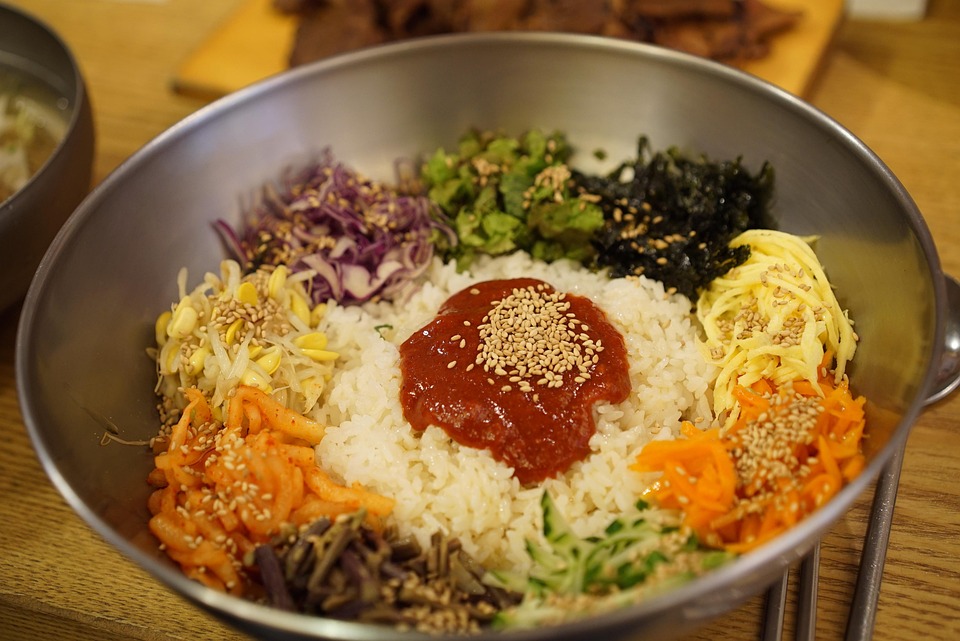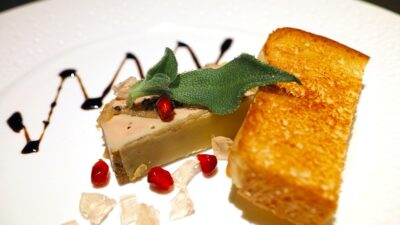Korea is often synonymous with kimchi, the iconic fermented vegetable dish that has gained international fame. However, this is merely the tip of the iceberg when it comes to the rich and diverse tapestry of Korean cuisine. From hearty stews to delicate pastries, Korean food reflects a deep history, cultural influences, and regional specialties that make it a culinary treasure trove.
The Foundations of Korean Cuisine
At its core, Korean cuisine is built upon a foundation of five fundamental flavors: sweet, sour, salty, bitter, and umami. These flavors come together in a variety of dishes, showcasing the balance and harmony that defines Korean cooking. Seasonality and locality also play a crucial role, as traditional Korean dishes often rely on the freshest ingredients available at different times of the year.
The Role of Rice
Rice is an essential staple in Korean meals, often served alongside a variety of banchan (side dishes). These small plates can include everything from pickled vegetables to savory pancakes, each offering a burst of flavor and texture. While white rice is the staple, other variations like black rice and barley are also commonly used, contributing to the healthful nature of Korean dining.
Beyond Kimchi: Iconic Dishes
1. Bibimbap
This colorful rice bowl is a perfect representation of culinary balance. Featuring a medley of sautéed vegetables, a fried or raw egg, and gochujang (red chili paste), bibimbap is often garnished with sesame oil and seeds. The combination of textures and flavors makes it not only visually appealing but also a nourishing and satisfying meal.
2. Korean BBQ
Perhaps one of the most beloved aspects of Korean cuisine is Korean barbecue. Grilling marinated meats, such as bulgogi (marinated beef) or galbi (short ribs), at the table creates a communal dining experience that encourages camaraderie and interaction. The smoked flavors paired with fresh lettuce wraps and various dipping sauces elevate this dining experience to a true culinary art form.
3. Stews and Soups
Korean stews, or jjigae, are winter warms and family comfort meals. Kimchi jjigae, made with aged kimchi, tofu, and pork, is a quintessential dish that embodies the creativity and resourcefulness of Korean cooking. Other popular varieties include sundubu jjigae (soft tofu stew) and doenjang jjigae (soybean paste stew), each bringing its unique twist on umami.
4. Tteokbokki
A popular street food, tteokbokki consists of chewy rice cakes stir-fried in a sweet-spicy sauce made from gochujang. With various versions showcasing ingredients like fish cakes and vegetables, this dish is a must-try for anyone wanting to dive deep into the heart of Korean snacks.
5. Sweets: Buns and Cakes
Korean desserts often balance sweetness with a subtlety that avoids overwhelming the palate. Offerings such as bungeoppang (fish-shaped pastry filled with sweet red bean paste) and injeolmi (sweet rice cake coated in powdered soybean flour) highlight the use of natural ingredients, embodying the philosophy of moderation pervasive throughout Korean dining.
Regional Specialties
Korea’s geography has significantly influenced its culinary practices. Each province has developed specialties that reflect local ingredients and traditions.
- Jeonju is renowned for its bibimbap, showcasing the best of seasonal vegetables.
- Busan offers seafood delicacies, with dishes like hoe (sashimi).
- Gyeongju features unique rice cake varieties and is notably famous for its cultural history reflected in its culinary offerings.
The Social Aspect of Korean Dining
Dining in Korea is a multi-sensory experience deeply rooted in community and family. Meals are typically served family-style, encouraging sharing and conversation. The act of eating is intertwined with social bonding, where meals become celebrations of togetherness, important life events, and festive occasions.
Conclusion
While kimchi may be the face of Korean cuisine, the culinary diversity of Korea extends far beyond this singular dish. Each meal is a canvas showcasing flavors, colors, and textures that epitomize the culture’s history, geography, and values. Exploring Korean cuisine offers an opportunity to appreciate the intricacies of its culinary art and the communal spirit that binds its people together. Whether you’re indulging in a hot bowl of jjigae or gathering around a grill for a vibrant Korean barbecue, every bite tells a story – a journey worth taking for any food lover.



